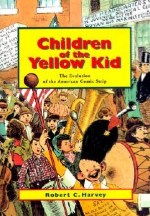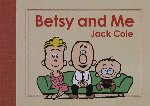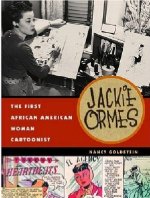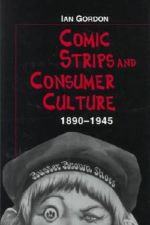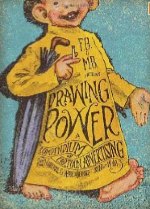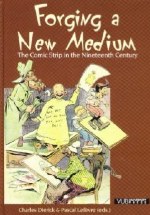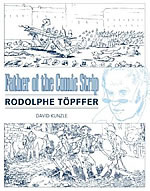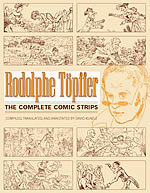Rewriting Comics History:
Changing Perspectives
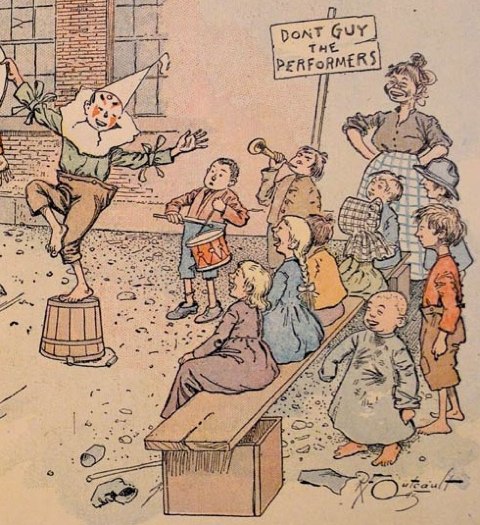
You’d think by now that the history of a medium as global and influential as comics would be fully researched and written, but this is not the case. In contrast to the more varied and international perspectives available on film or literature, the majority of English-language reference books on comics plough through the well-worn furrows of the 20th century American newspaper strip and comic book, re-affirming old "truths" and historical "facts". Objectivity and lack of bias are practically impossible, because by putting into print your history, your version of the "facts," your inclusions and omissions determine who and what are significant. In the process, almost inevitably, supposedly "minor" or "peripheral" figures and events can be overlooked.
Writing history is a way of controlling history. As R.C. Harvey puts it in his book Children Of The Yellow Kid: The Evolution of the American Comic Strip (University of Washington Press, $29.95, ISBN 0-29597778-7), "And we begin, as most historical surveys of this medium do, with The Yellow Kid (shown above in his first appearance, not yet in yellow, bottom left in a single-panel cartoon by Richard Outcault for Truth magazine, dated May 5th, 1895). To justify this, Harvey invokes the "Columbus principle," used by many comics historians since Coulton Waugh’s 1947 book The Comics which admits that the Vikings were the first to reach the New World, but Columbus’ "discovery" inspired others to follow him. Unfortunately, applied to comics, this approach conveniently writes off all that came before, in America, Europe and elsewhere, as precursors or "proto-comics," of interest perhaps but not the genuine article. After all, they don’t fit into the notion that this ‘new’ narrative medium began in America.
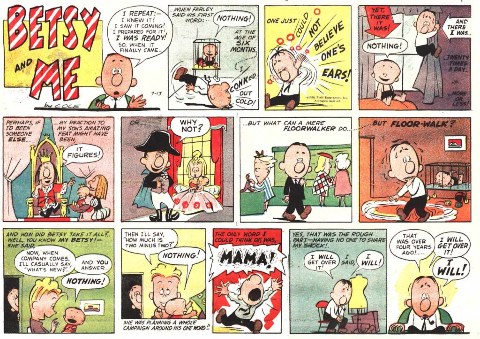
Still, as yet another trawl through American newspaper strip evolution, Children of the Yellow Kid is a visual feast, illustrated for the first time almost entirely with perfect reproductions of the original artwork, fresh from the artist’s drawing board, rather than the printed pages we all see in the paper. Now you can study the draughtsmanship, the pencil sketches, the mistakes, the blue washes and colour instructions that vanish when printed, and most alarmingly, the aging processes. These pieces were drawn for reproduction and are ephemeral, not lasting works of art. You might expect, say, an Alex Raymond Flash Gordon Sunday to look worse for wear after more than sixty years, but it’s a shock to see a 1986 Calvin and Hobbes where Bill Watterson’s lettering in felt tip pen is fading to brown and fast disappearing. I realise that sourcing originals would have restricted what Harvey can show here, but I would have liked a few surprise choices, maybe a Jack Cole Betsy and Me (above from July 13th, 1958) or a Jackie Ormes Torchy in Heartbeats (below), to offset the overfamiliar pantheon of "greats". To discover more about these two gems, check out the almost complete reprinting of Betsy and Me (Fantagraphics, $14.95, ISBN 1560978783), and Nancy Goldstein’s revelatory study Jackie Ormes: The First African American Woman Cartoonist (University of Michigan Press, $40, ISBN 978-0472116249), my pick in 2008 as best book about comics of the year.
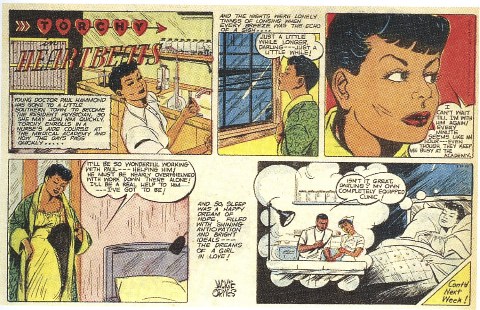
Rather than the art and artistry, Ian Gordon’s take in Comic Strips and Consumer Culture 1890-1945 (Smithsonian Institute Press, $29.95, ISBN 1-56098-856-8) examines how the characters from comic strips, syndicated from the big cities right across America and then licensed on branded products and in advertising, became a unifying part of people’s daily lives and helped foster a consumer society. Rather than just reflecting social attitudes, Gordon argues the comics were instrumental in shaping them. He traces the rapid expansion of the strips in newspapers to boost circulation, their adoption as nationally recognised brand names and from the 1930s the uses of comic strip techniques in advertising. His readings of Frank King’s automobile soap opera Gasoline Alley and Martin Branner’s working girl Winnie Winkle reveal how they promoted the values of consumption. This study offers a fresh and challenging insight into one of the less acknowledged roles of the "funnies". An ideal visual companion to Gordon’s book is Drawing Power: A Compendium of Cartoon Advertising compiled by Rick Marshall & Warren Bernard (Fantagraphics, $28.99, ISBN 978-1606993996). Here’s a sample, showing how The Yellow Kid was used to market cigars.
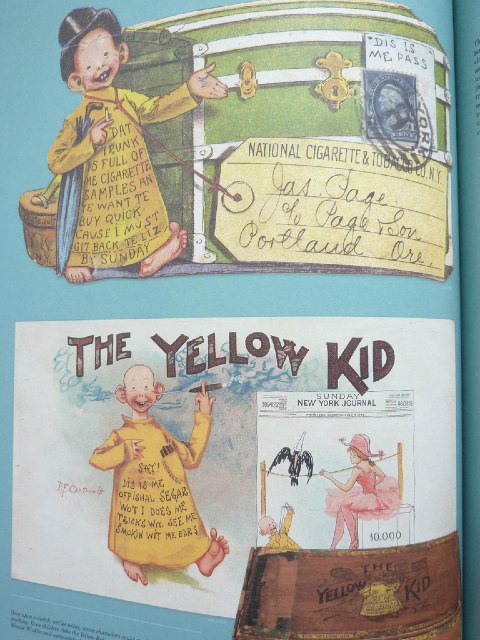
Digging further back into the nineteenth century history of comics, Forging A New Medium: The Comic Strip in the Nineteenth Century (VUB University Press, £13.99, ISBN 90-5487-206-3), edited by Charles Dierick and Pascal Lefèvre, gathers essays by experts across Europe on the long and erratic evolution of the modern European comic strip. I should declare here that these include a chapter by me on William Hogarth and his successors. The cumulative evidence here proves that the medium was already vibrant and creative long before The Yellow Kid in the works of pioneers Rodolphe Töpffer in Switzerland (below is a page from his M. Cryptogame from 1830), Wilhelm Busch, father of Max & Moritz in Germany, Apeles Mestres in Spain, and Marie Duval of Ally Sloper fame in Britain, among many others.
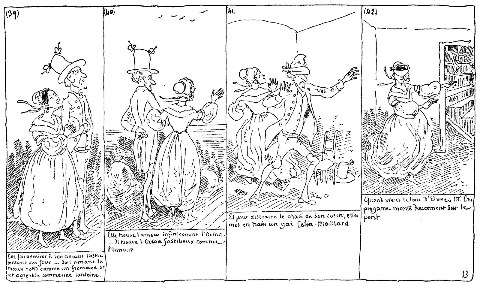
Alongside these chapters, noted scholar David Kunzle examines the social implications of the largely ignored comic strip pages in Life, Puck and Judge, the American humour magazines that led directly to the rise of the Sunday colour supplements that spawned the newspaper strips. More recently for University of Mississippi Press, Kunzle has also written a definitive biography of Töpffer and edited a complete English translation of his ground-breaking albums. Published in Belgium but thankfully issued in English to maximise its readership,Forging A New Medium: The Comic Strip in the Nineteenth Century tantalises with these little-seen comics of the previous century. Bit by bit the puzzle of this medium’s history is finally being completed.
Posted: July 29, 2012This article originally appeared in Comics Forum Magazine.













